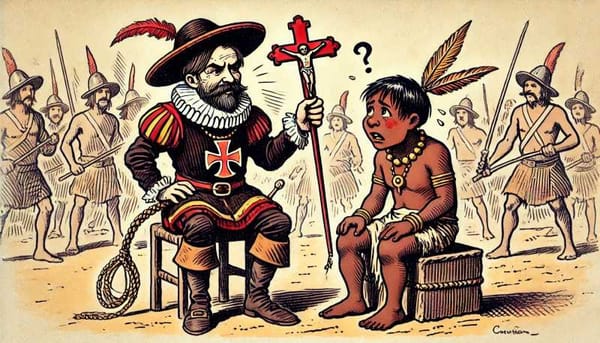Curiosities of some indigenous peoples of Latin America
Indigenous peoples still suffer exclusion, marginalization, violence, poverty and face significant difficulties in enjoying their basic rights.

In Latin America, there are 42 million indigenous people who safeguard the historical and cultural memory of an entire continent. Although a mechanism has been created for the protection of indigenous peoples, this has not been a uniform regional process and they still suffer the loss of their lands and even genocide.
Their colorful costumes, ancient traditions, and customs are just some of the elements that make them indispensable to the region's tangible and intangible heritage. Today we bring you some curiosities to celebrate this diversity and cultural richness.
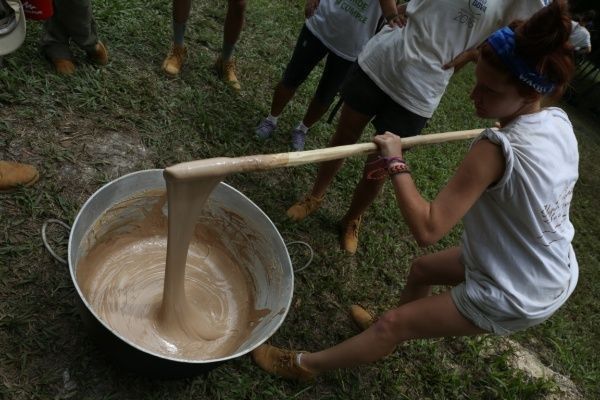
Mayan chewing gum
The Mayans invented what we know today as gum. By collecting the sap from the chicozapote, one of the most abundant trees in the area, and making zigzag incisions on its bark so that it would flow into the containers placed at the base of the tree, they obtained a chewable gum that they used to clean their teeth and mouth or to inhibit hunger in fasting rituals.
The name with which the Mayas knew this gum was "sicte", which means blood or vital fluid and with it, they traded with other Mesoamerican peoples. Its use spread in time and space, so that it reaches the Aztecs with the name "tzictli" (for whom the word means stick) and from there passes to the Spanish language as chewing gum.
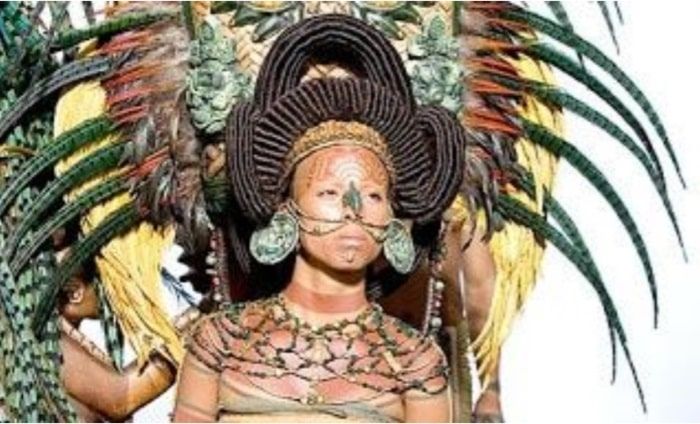
Aztec make-up
In the Aztec empire, the fashion for women was to wear yellow skin. To achieve this effect on their naturally brown or bronze skins, they smeared yellow earth on their cheeks or a cream containing axin, a yellow substance obtained by cooking and crushing insects.
To adorn the body, too, hands and skins were darkened with burnt resin and dye, and intricate designs were drawn on hands and necks when they went to a special place. Some used short hair so that their hair would reach their nose. It was cut and dyed with black mud so that they gave importance to his head and to obtain a perfect shine they always gave him the last lightening with a dye indigo color (violet or purple).
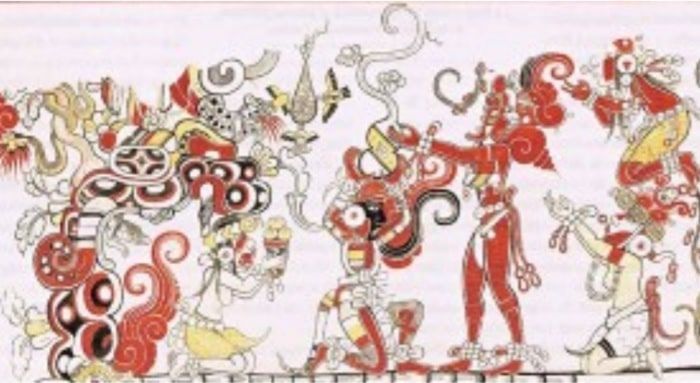
Incas women's squadron
The Inca empire had within its army a squadron of women who helped the people in case of natural disasters, this task was known by the name La Chunga (today we would say civil defense). La Chunga consisted of healing and helping the wounded and trying to save those who were in danger. Likewise, when the army marched outside its borders it was accompanied by women to the battlefields.
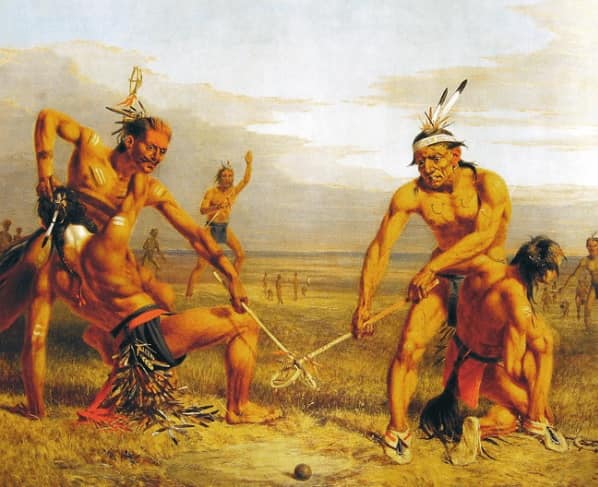
Mapuche martial art
The Mapuches whose name means people of the Earth developed a martial art called Kollellaullin. The warriors weichafes the elite units of the Mapuches were trained in this martial art from small. Not only was it a martial art of combat but they were also mentally trained in the resistance to pain and the acceptance of death using hard exercises. This martial art is exclusively Mapuche and the most lethal created by Indians,
Among the exercises were long solitary fasts in the woods or mountains, sitting on boiling fathoms, or naked in the snow, bathing several times a day in the cold waterfalls, among others. The Mapuche warrior went to war freshly bathed and with clean clothes, because for him the war was something sacred, a field of action where he could manifest the best of himself and his highest qualities.
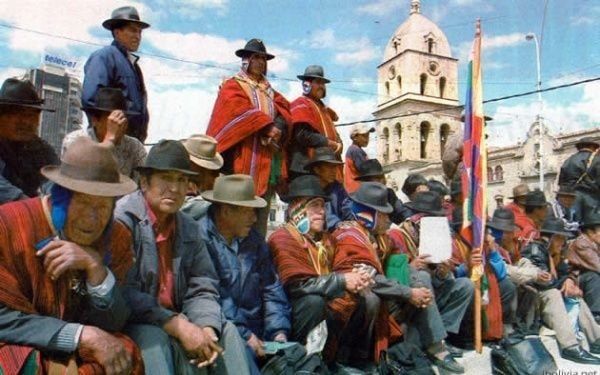
Aymaras time
Aymaras do not have a word for time, but they have words for yesterday and year, for old and slow, and for other concepts related to time. Their concept of time is opposed to all other cultures on the planet; for them, the past is seen ahead and the future awaits behind. Each language reflects in a particular way a vision of the world. In the Aymara language, it is very important to mark whether or not the speaker saw the action happening. As long as it is not within reach, nothing is taken for granted.
For them, time is elastic and relative and they have a differentiated conception of time and the use of a single word, "pacha" for a spatial or temporal place. Therefore, the future would be behind one, because it is not visible; and the past, ahead, which is what the eyes have already seen.
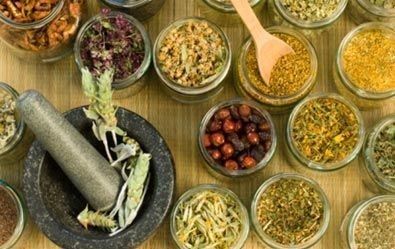
Quechua medicine
Quechuas used quinine, a natural, white, crystalline alkaloid found naturally in the bark of the cinchona tree to suppress hunger, thirst, pain, and fatigue; they also used it to alleviate altitude sickness.
In 1638, science knows the antimalarial properties of the bark of the cinchona when native healers used it to treat malaria suffered by the Countess of Chinchón, Ana de Osorio, wife of the viceroy of Peru. The legend has been widely discussed, the fact is that thanks to the medicinal knowledge of the native Quechua tribes, a treatment against malaria were later developed.
International Day of the Indigenous Peoples
According to data from the 2015 Intercensal Survey of the National Institute of Statistics and Geography (Inegi), almost 25.7 million (21.5% of the national population) identify themselves as indigenous, some of whom suffer racial, social, and economic discrimination, in addition to the exploitation of their lands, the deprivation of resources and the lack of access to basic health, food and education services.
Indigenous peoples are the soul and essence of Mexican land. They are the founders, the first inhabitants, possessing ancestral wealth and wisdom, in addition to being owners of a vast culinary, artistic, clothing, and language culture, with a very particular cosmovision and a genuine thought, but beyond the fact that their culture enriches all of Mexico and Latin America, this sector of the population faces very severe problems.
According to the 2010 National Survey on Discrimination in Mexico (Enadis), one in 10 people in the country says that indigenous people are poor because they don't work. On the other hand, according to the National Survey of Indigenous People (ENI) conducted by the National Autonomous University of Mexico (UNAM), eight out of 10 people would hire an indigenous person exclusively for work in the home or the construction sector.
The assistance programs that the government promotes have tried to counteract poverty in the country, however, according to the candidate for Doctor of Innovation and Social Responsibility at the Anahuac University of Mexico, these only work in emergencies (earthquakes, earthquakes, natural disasters, etc.). What is certain is that the issue of indigenous peoples can be approached from different perspectives.
Almost 25.7 million people in Mexico identify themselves as indigenous. Of these, 12.5 million are men and 13.2 million are women. The population that is considered indigenous is abundant in Oaxaca, Yucatan, Campeche and Quintana Roo. Only 27.6% of those who identify themselves as indigenous speak an indigenous language. One in ten speakers of an indigenous language does not speak Spanish. More than 60% of those who speak an indigenous language live in rural localities. Among Mexicans between the ages of 6 and 14 who speak an indigenous language, 92.7% attend school. 68 indigenous peoples are living in Mexico.


